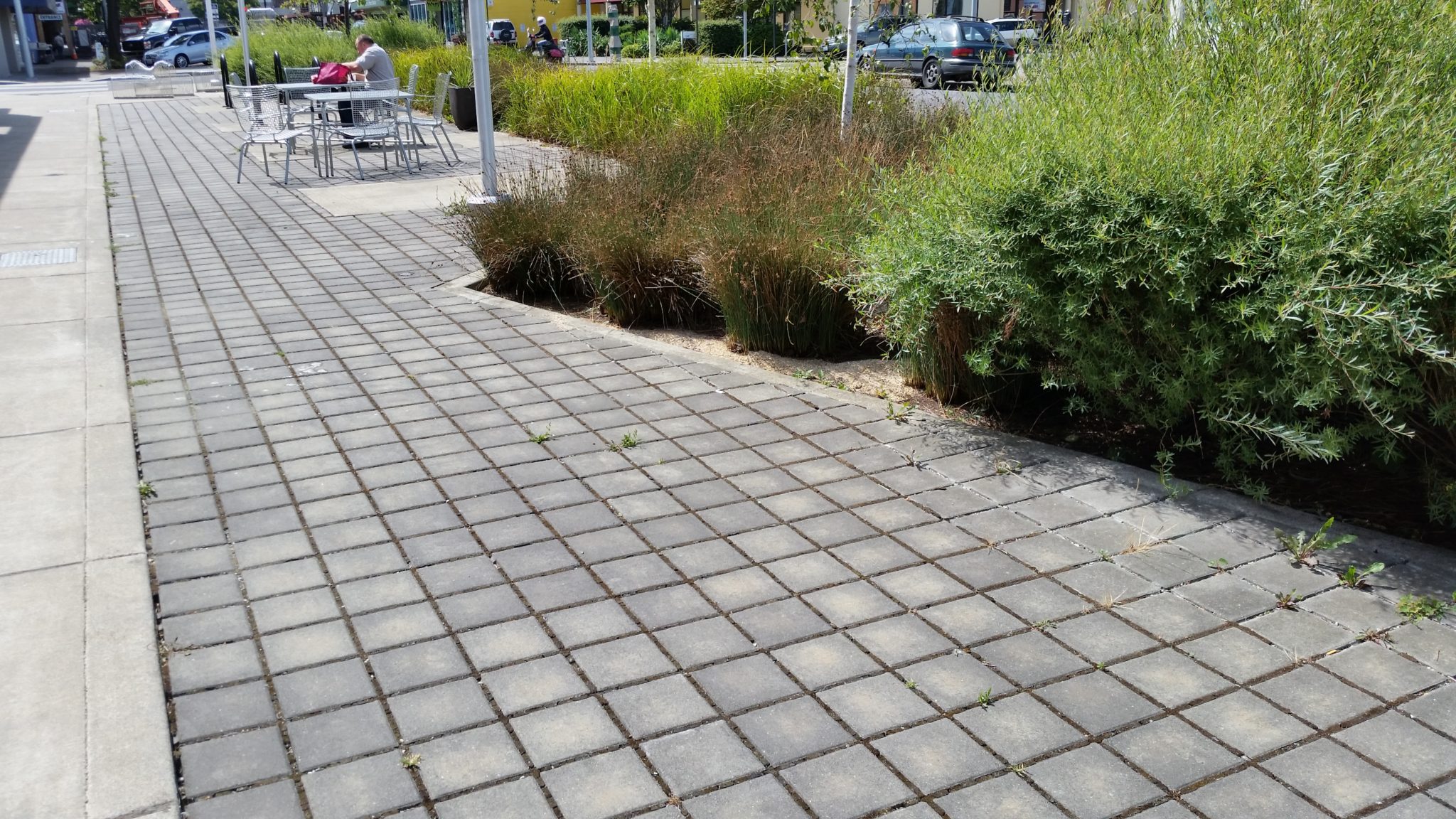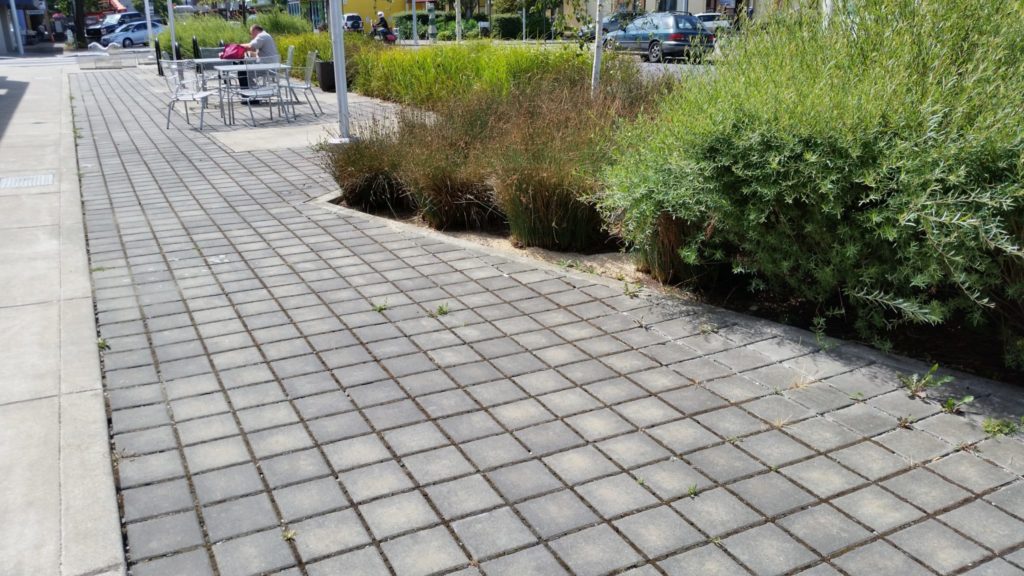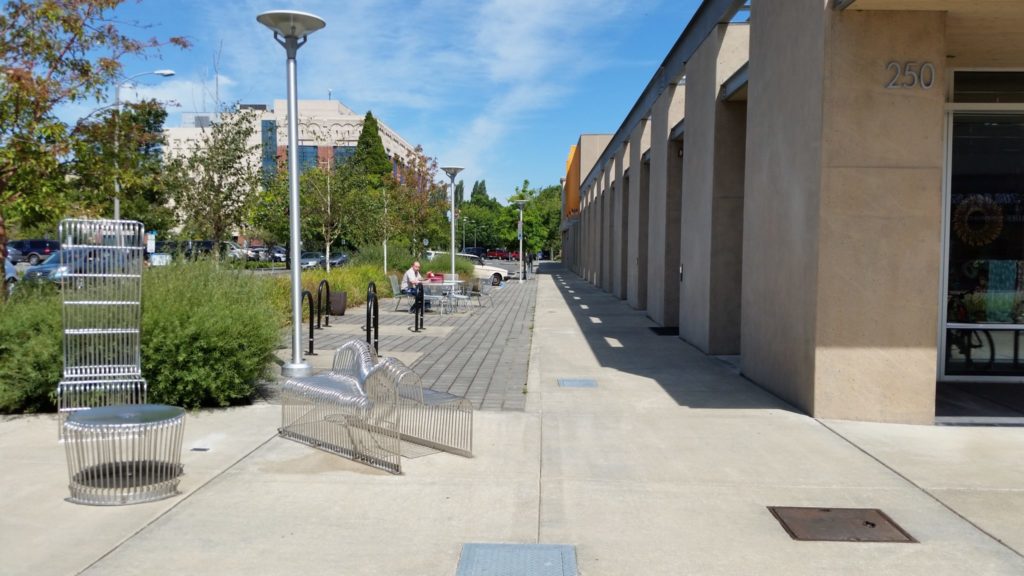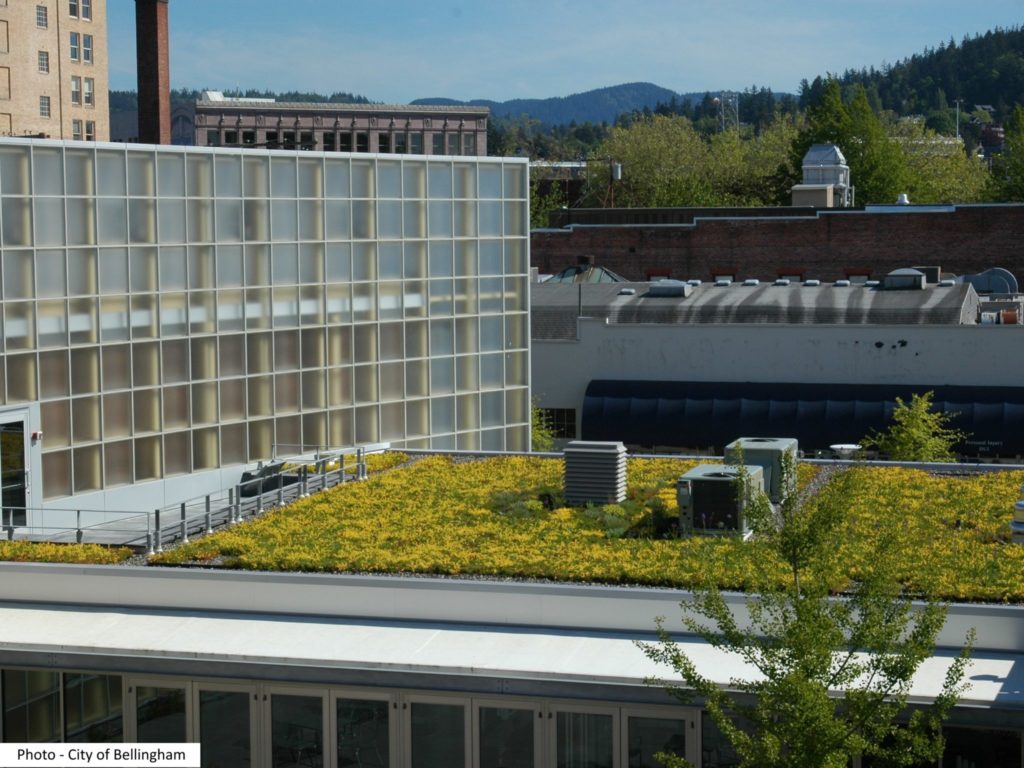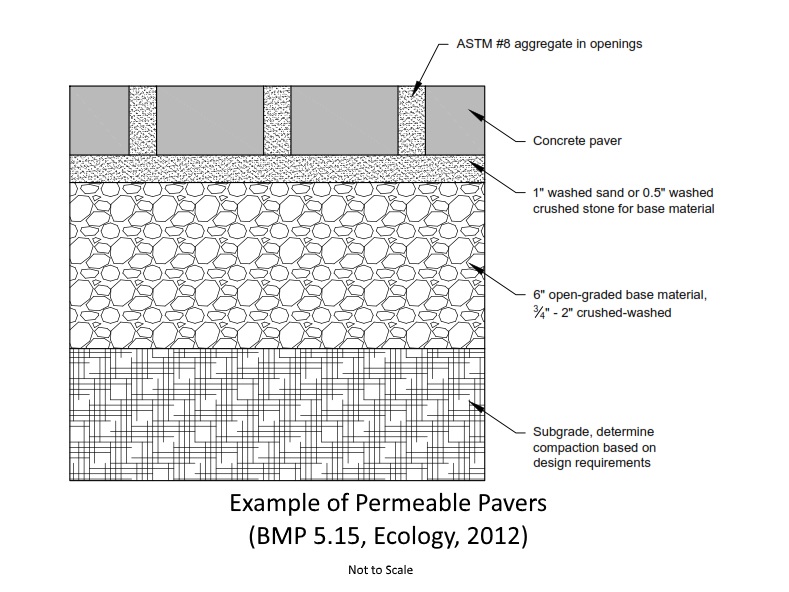Where is this located? It’s the sidewalk along the Grand Avenue side of the Lightcatcher Museum.
What’s special about this place? Pavers like this make it possible for stormwater runoff to be managed onsite. The paver system allows water to pass through the cracks between the pavers. The concrete itself is not permeable and does not allow water to soak through it. A key piece to effective function is the layer of gravel installed directly below the pavers which allows infiltration to occur. Take a look at this brochure about Lightcatcher Building’s green infrastructure elements.
image gallery
select any photo to see a slideshow
